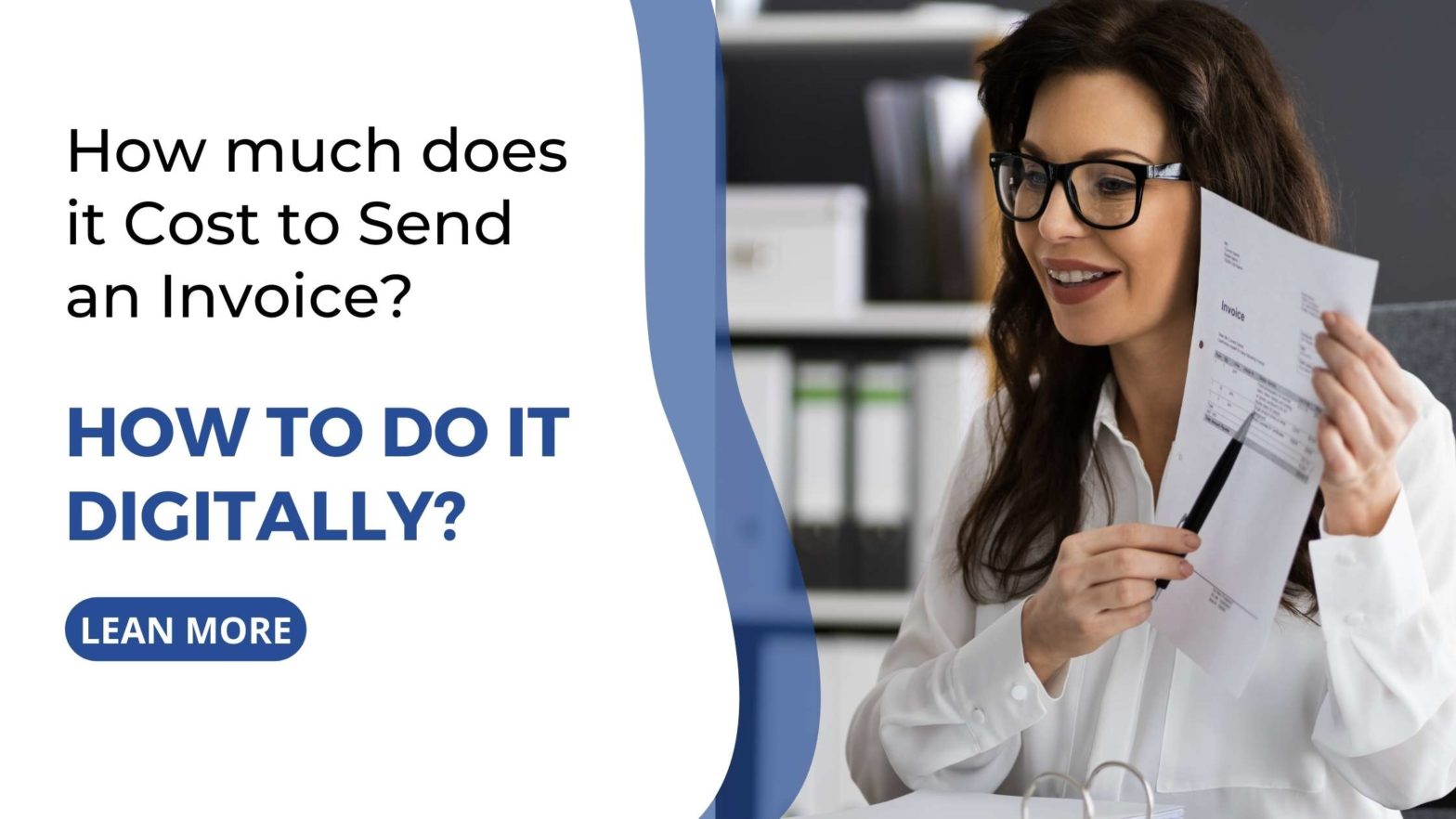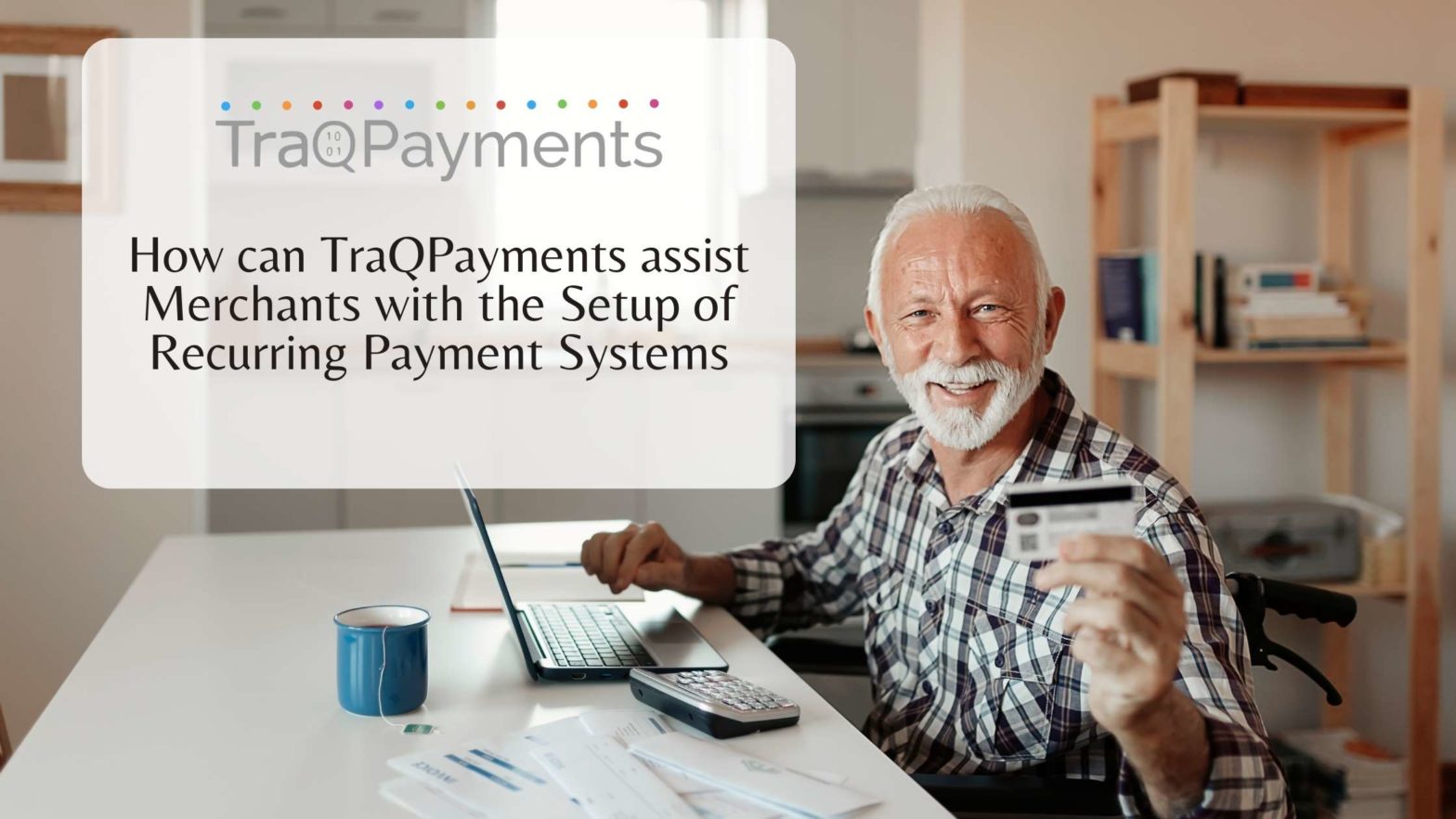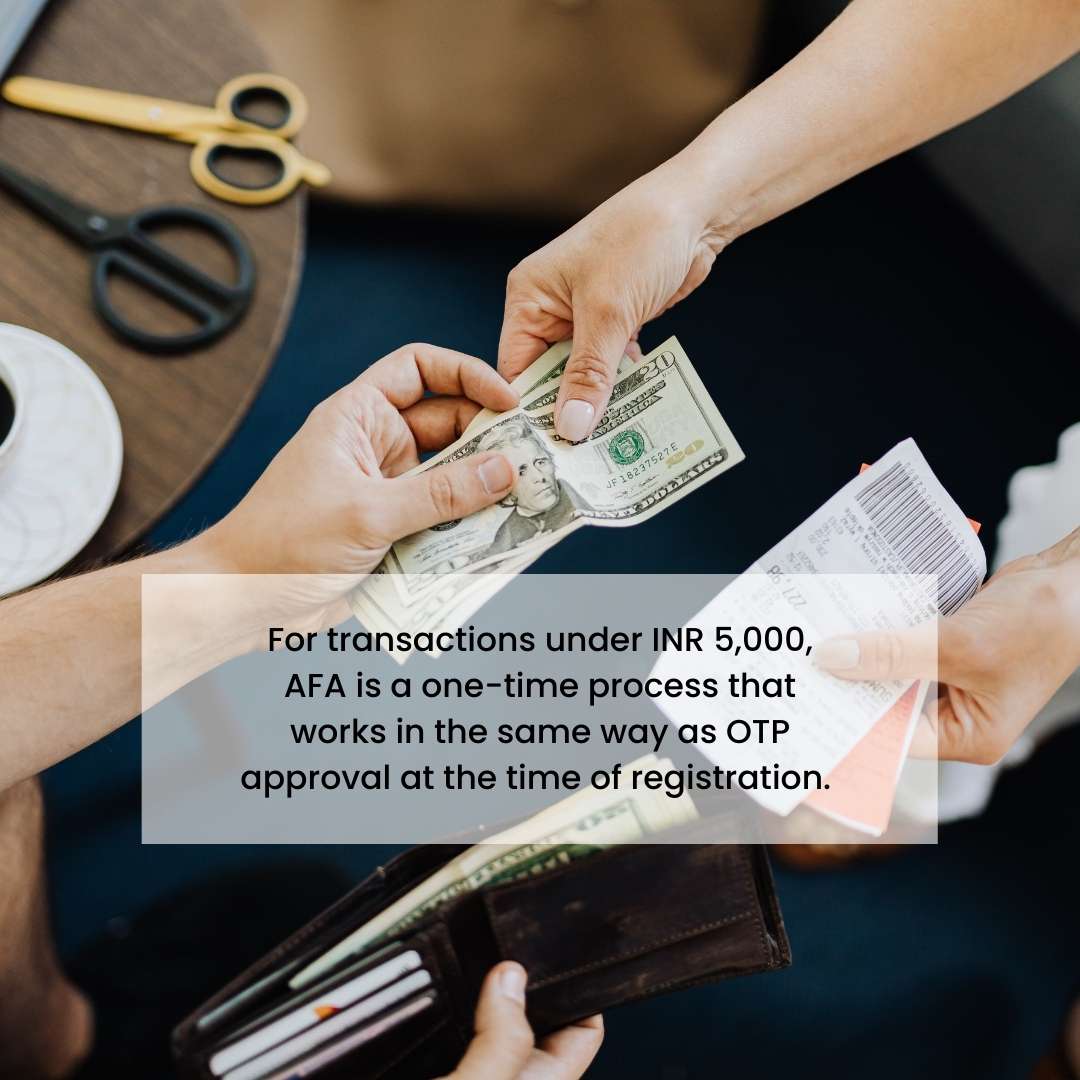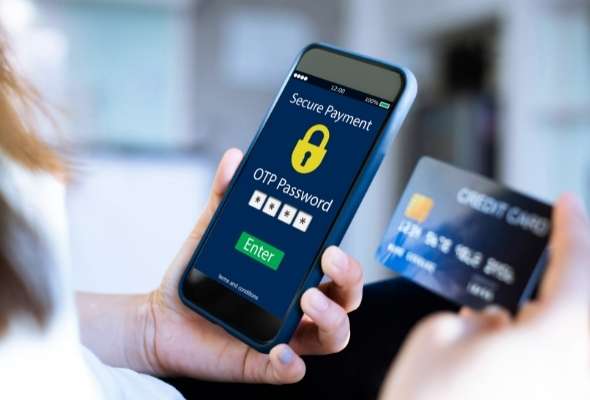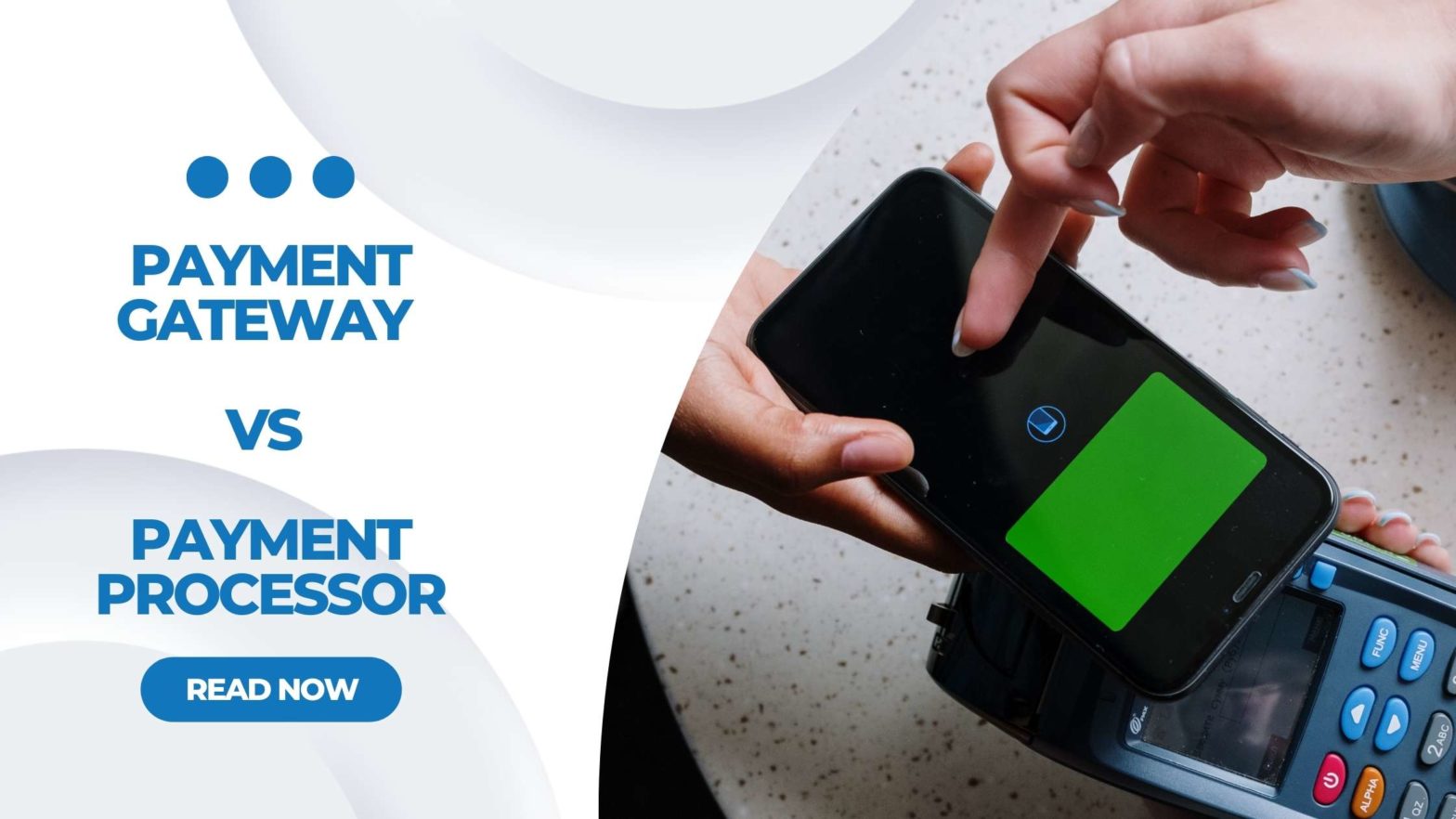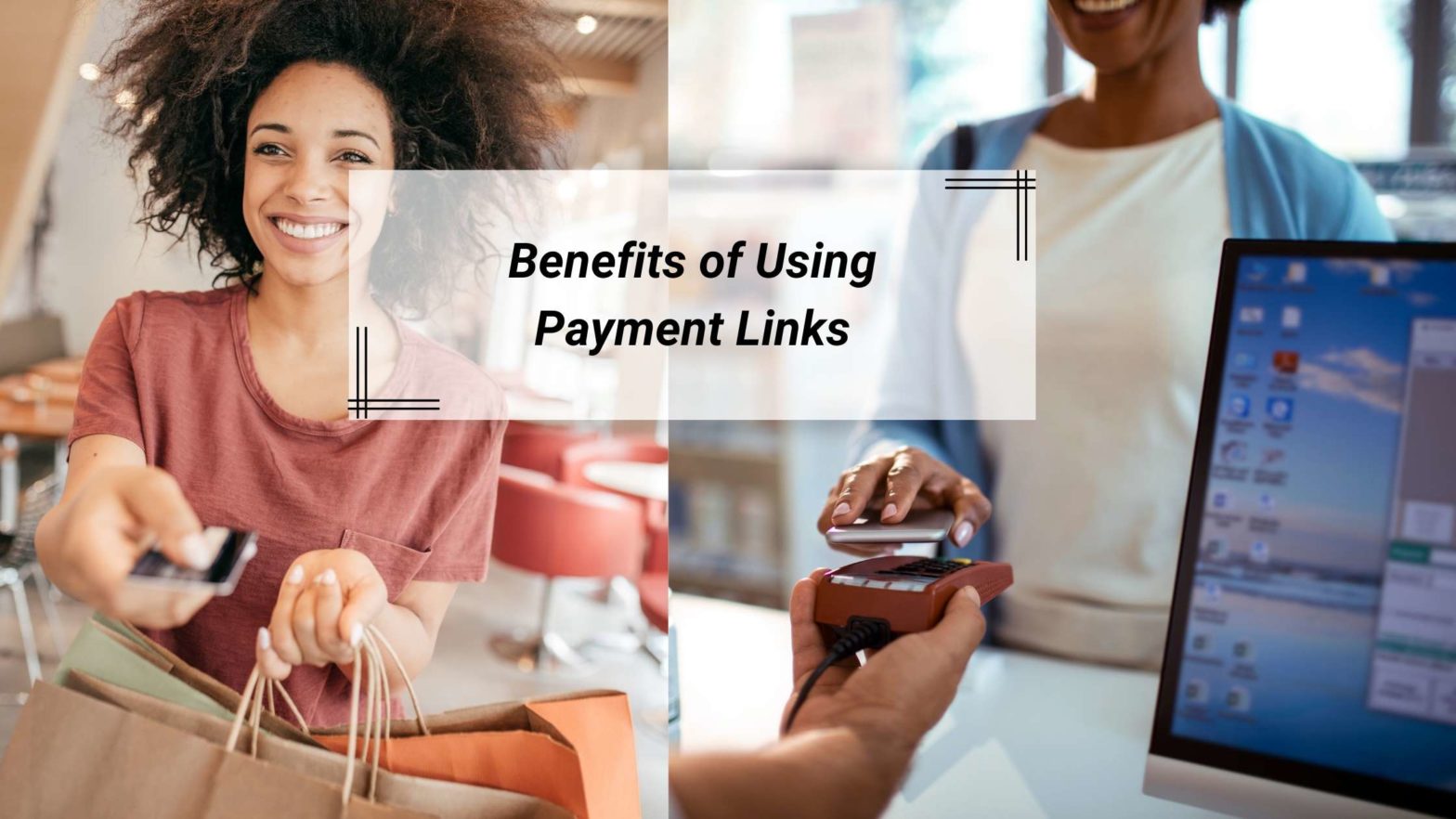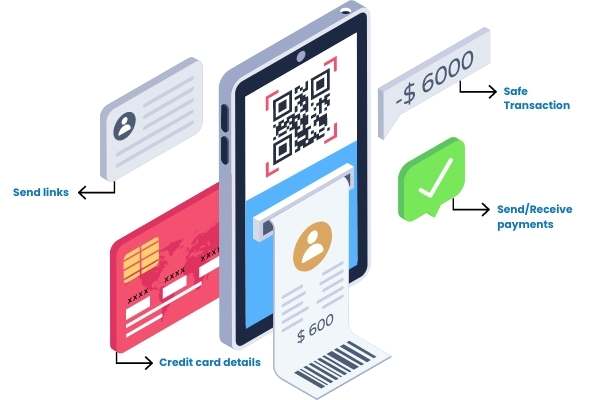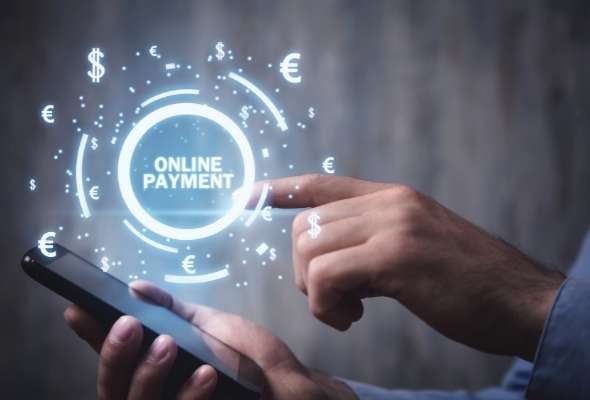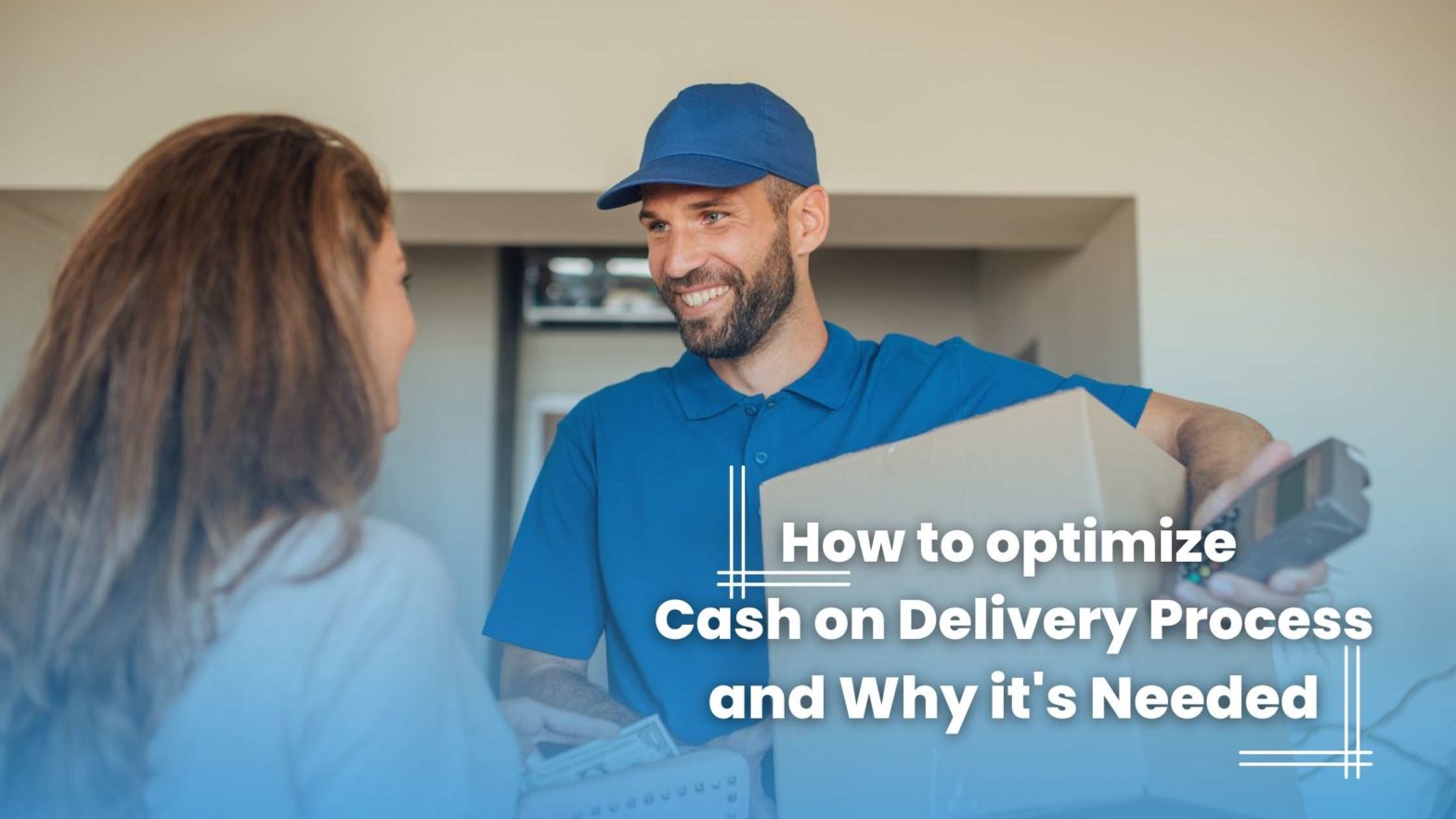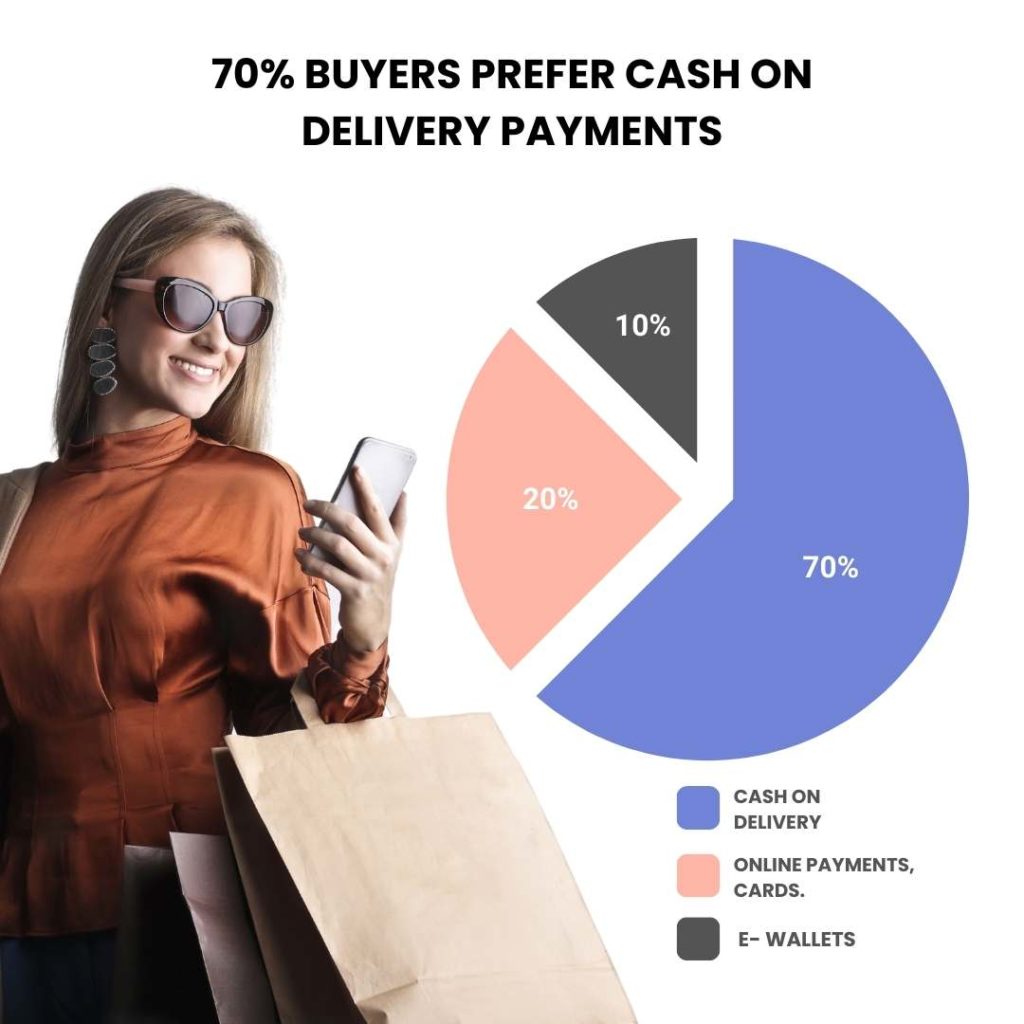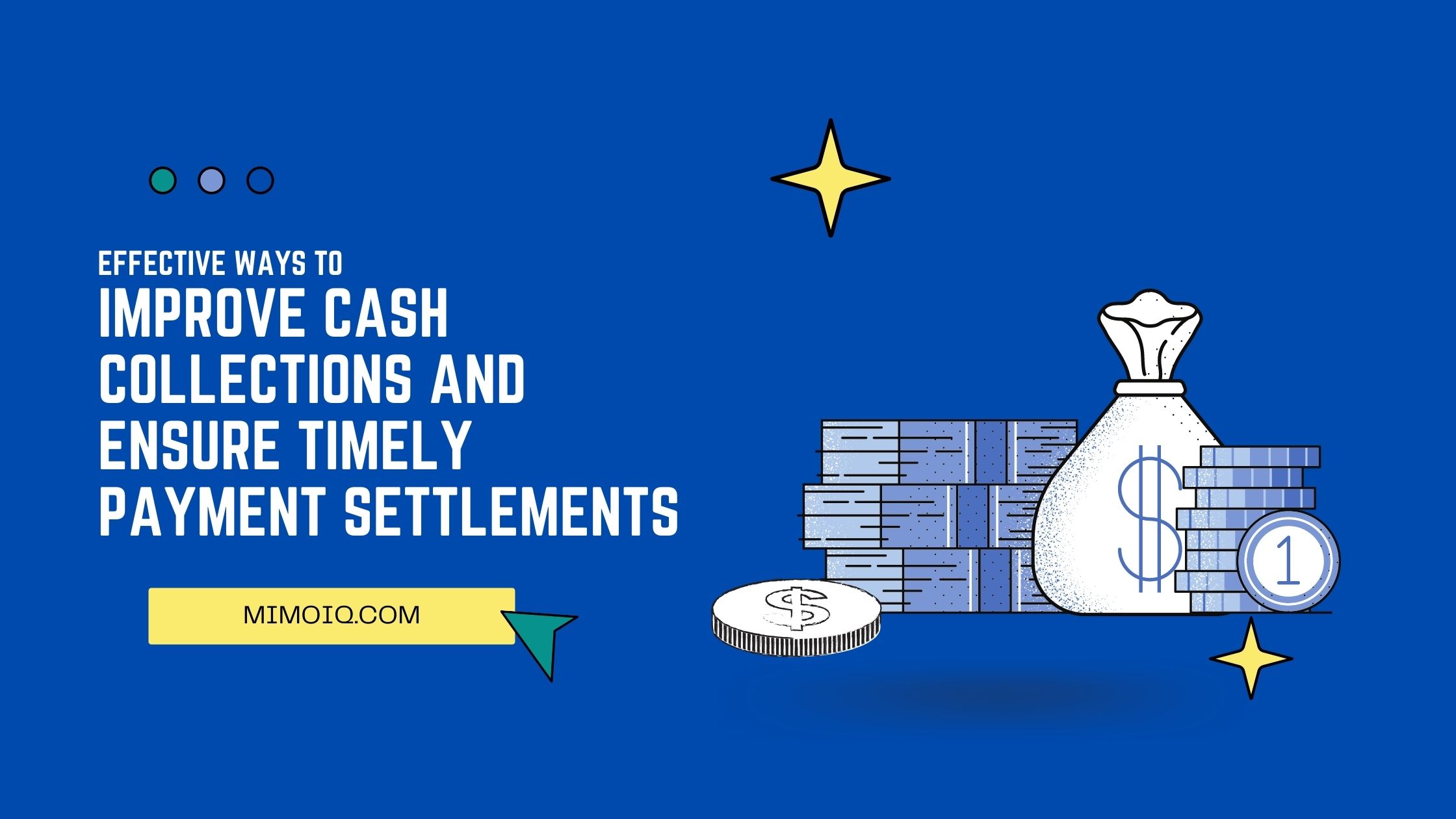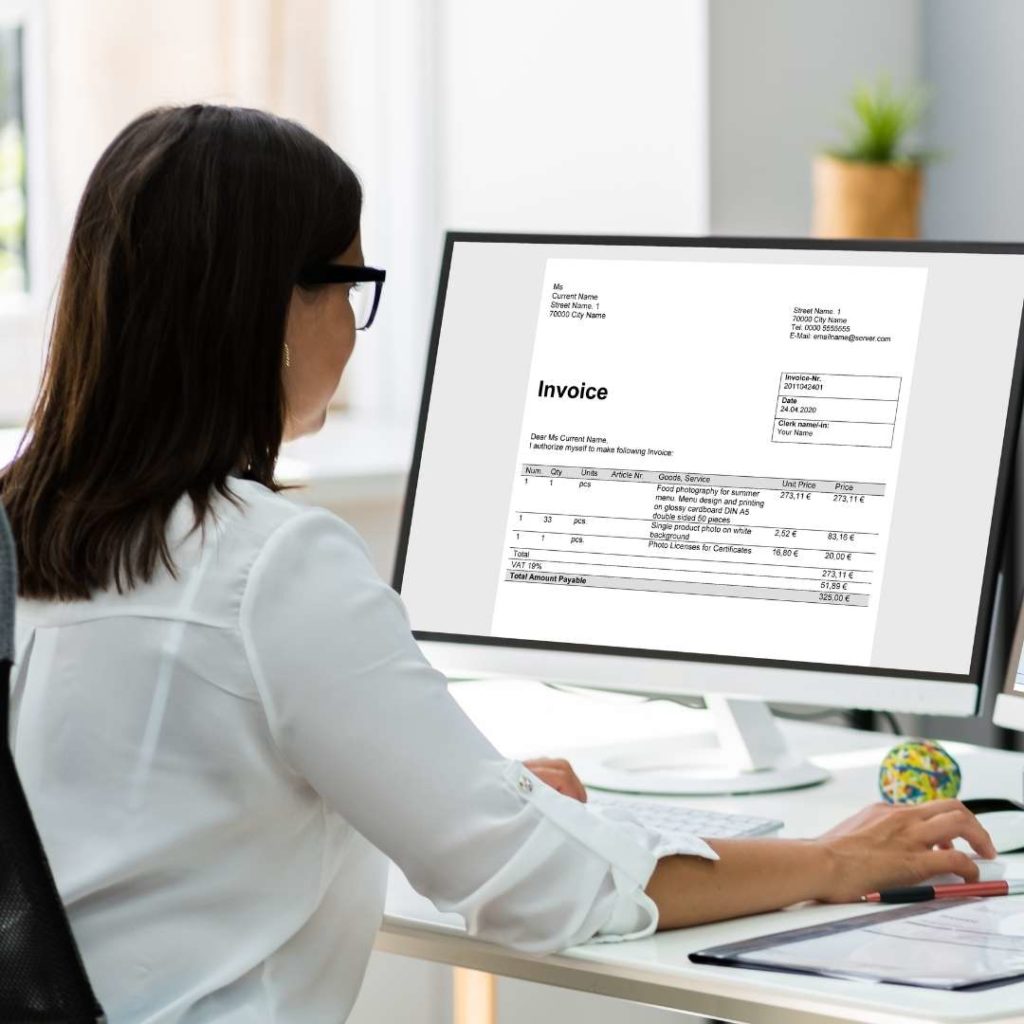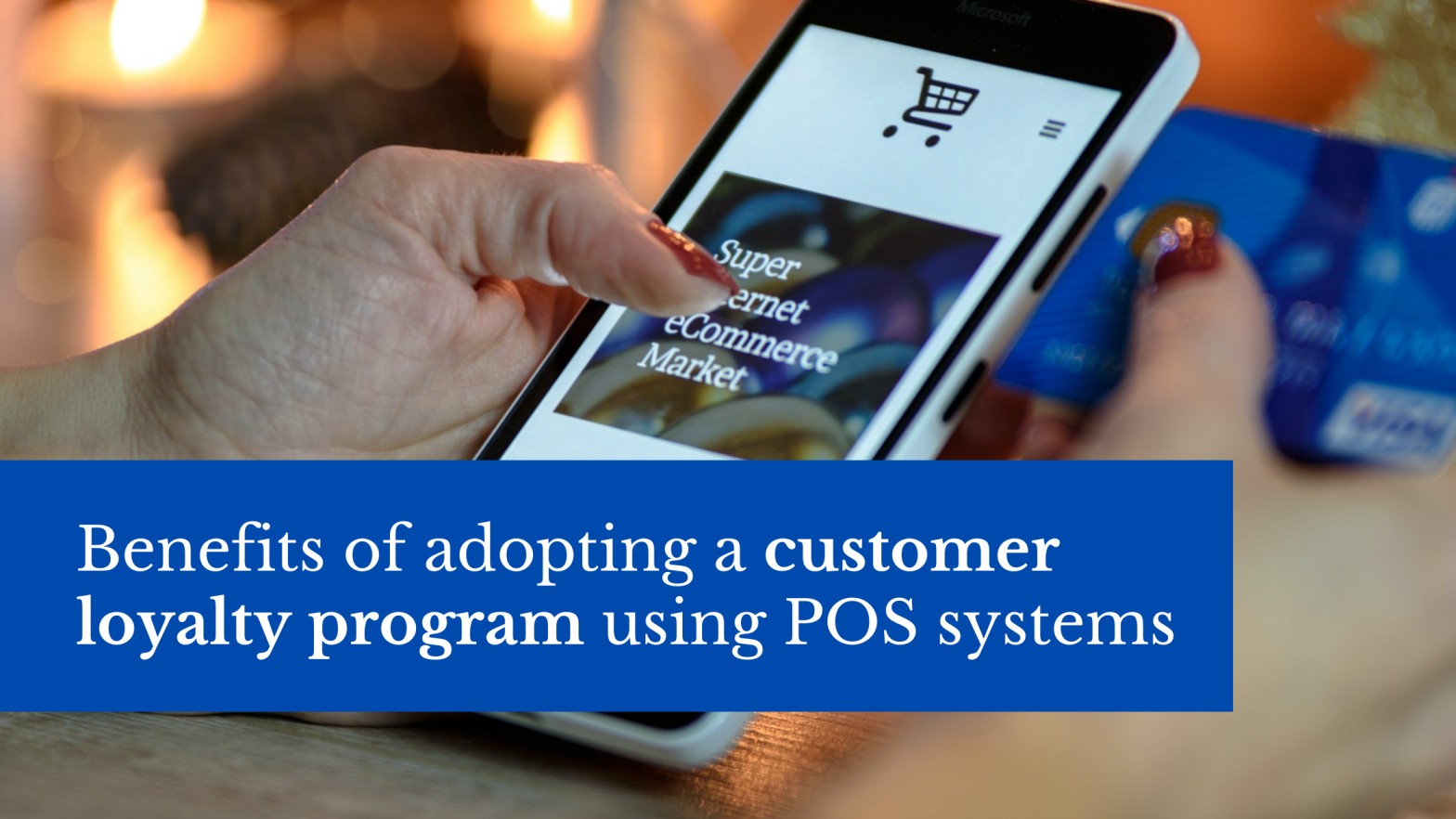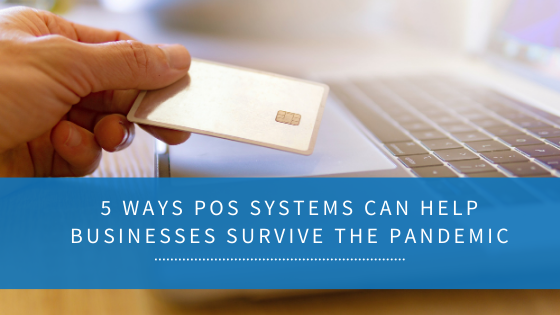
How much does it Cost to Send an Invoice? How to do it Digitally?
Did you know that 90% of all invoices are still processed manually around the world? So, how much do your invoices cost? While you ideally get paid every time you send out an invoice, you still need to figure out how to keep the expense of each invoice to a minimum.
Creating, delivering, processing, and occasionally amending invoices can be a time-consuming procedure. Business leaders can be empowered to make sound data-driven decisions about optimizing their invoicing process by evaluating the cost of sending manual invoices. This allows their company to expand with confidence, knowing that they’re supported by a scalable invoicing automation technology that actually saves them money.
Table of Contents
Manual Invoices: How much do they Cost?
Although sending manual invoices is costly, the majority of firms continue to do so. So, let’s take a look at the invoicing process’s costs.
Direct Costs
With paper invoices, there are fees associated with the paper, ink, and mailing costs that must be incurred. Obviously, this will differ from business to business. With e-invoices, you avoid incurring these expenses.
Indirect Costs
These are the expenses that are incurred in order to perform a task that includes an employee being compensated for packing paper invoices into envelopes, and the amount of time it takes you to enter all of the necessary information to generate an invoice, such as the client’s name and address. Manual invoicing is more expensive due to the additional manpower required to do the task.
Hidden Costs
When it comes to invoicing, there could be a number of hidden fees to consider. Invoice lag results in a negative cash flow situation. It takes several days for a client to receive, examine, and respond to a bill that has been sent via snail mail. In the meanwhile, you are unable to pay an expense because you lack the funds, and you are assessed a late fee. Electronic invoices can be paid instantaneously because they are digital. Furthermore, what happens if there is a mistake?
Examine the following six elements if you wish to assess your invoice processing costs:
- The amount of time it takes to process and send invoices.
- How many hours do you spend going over each invoice?
- How much time do you spend looking for and fixing data entry errors?
- Each invoice's shipping and storage costs.
- How many hours of work have you lost due to invoicing?
- How much revenue did you lose due to early-bird discounts or late fees?
Digital Invoicing
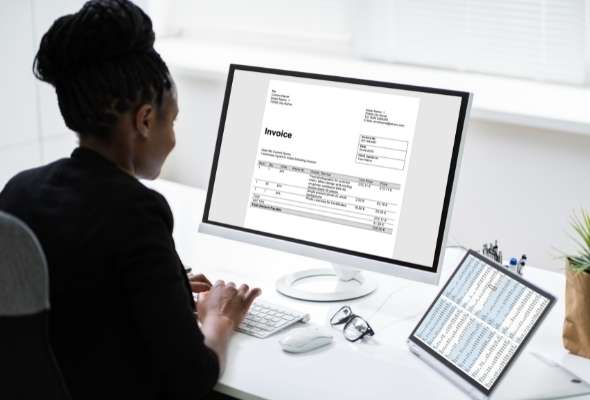
It’s no wonder that e-commerce enterprises are struggling to keep up with demand, especially because the E-commerce boom shows no signs of slowing down anytime soon. Working smarter, not harder, has never been more important, especially in light of rising customer expectations and constraints such as supply chain issues and transportation shortages. Digital invoicing may have been disregarded as many e-commerce enterprises attempt to expedite their procedures in order to keep up with demand.
Digital invoicing is a more current method of reconciling online payments against invoices, which cuts down on the time and expenses of preparing, sending, and receiving digital invoices. It also eliminates the need for paper because you can send and receive invoices online, straight into your and your supplier’s accounting software. It’s merely one component of a comprehensive e-commerce strategy.
What is digital invoicing, and how does it work?
The process of sending a customer a bill for goods or services by email or through your website is known as electronic or digital invoicing. Customers can usually pay their bills electronically if they receive an e-invoice. It can also refer to mailing a paper invoice with a request for payment via a website or secure payment form.
Ecommerce shopping sites use a different form of electronic invoicing. A request for payment is launched by the business for goods or services that have been given or will be provided under agreed-upon terms using electronic invoicing. The customer initiates payment on ecommerce purchasing sites.
What Does It Mean for Businesses?
The method for creating digital invoices differs depending on the service. Some systems let you send e-invoices directly from your accounting software, while others provide an invoice generating tool to help you get started. Specific functionalities differ depending on the processor or service. Some processors allow you to personalize the invoice‘s appearance, include logos, provide a discount for early payment, or automatically add late fees when invoices are past due, among other things.
An invoice’s content is frequently customizable, and it may include information such as the customer’s name, a purchase order number if applicable, the invoice number and date, and payment terms.
You may be able to set the invoice up as a one-time bill or as a regular bill. Setting up recurring billing is perfect for cases when you need to bill your customers on a regular, predetermined schedule, such as for memberships or monthly product “clubs.” With recurring billing, the client’s preferred payment method (typically a debit or credit card) is automatically paid at a pre-determined interval. Customers may view online payments, update their card and billing information, and more. Some providers offer a card update feature to prevent recurrent billing charges from being refused owing to expired or unusable cards.
How It Works for Customers
When a customer receives an e-invoice, they will receive the information as well as the option to pay online. The link to pay online will usually be sent to a secure website through the gateway of your credit card processor. All of the information that the business provides in the invoice is visible to the customer, including the amount due, payment terms, due date, purchase order number, and any other items selected. Even though recurring billing is sometimes associated with e-invoicing, most recurring billing services do not send an e-invoice or request payment. Instead, payment is automatically debited to the client’s card or account.

Is it possible for consumers to make changes to their e-invoice details themselves?
Customers are unable to update invoice specifics (such as the amount owed) because e-invoices are frequently converted to PDFs before being distributed. If there is a discrepancy, the customer can contact the company that sold the product or a third-party vendor (who is responsible for the invoice and billing service) to rectify the issue and request that a new invoice be issued with the proper information.
When setting up a digital invoicing system for a business, what are the most important factors to consider?
Accounting and Digital Invoice Integration
Check for compatibility with your existing accounting software or systems when looking into how to send digital invoices with your processor or other invoicing provider. For easier reconciliation and record keeping, several e-invoice providers can link with QuickBooks and other accounting applications.
Security
Security is vital for both your business and your customers when using any method of receiving online payments. Make that your digital invoice service (which is normally provided by your credit card processor) is PCI compliant and up to date on current security technologies. Tokenization, encryption, and other card security procedures are examples of security features.
Costs
Depending on your processor, the cost of electronic invoicing will vary. Some processors provide the service free of charge in addition to your card acceptance rates and costs. Your clients won’t have to pay more for the convenience of paying by card through your digital invoice because e-invoicing is usually free.
Final Thoughts:
Businesses can’t afford to ignore minor modifications to their processes in a time when consumer expectations are high, delivery costs are rising, and competition is fierce. Those who do not want to implement digitized processes risk slipping behind larger corporations and peer-level competition.
If administrative activities are eating up too much time and preventing you from focusing on other elements of your business, digital invoices can help save a lot of time. Whether you’re an online shop, a third-party logistics (3PL) provider, or a warehouse, automating the invoice process is a cost-effective approach to communicating with clients about online payments and keeping track of your revenue. In a nutshell, digital invoices help with accuracy, metrics, time, and money benefits.
Like this article?
More To Explore

Why is Internal Audit Important for Strengthening Banking Organizations?
+91 1141182211 IA procedures are the cornerstone of a robust banking system. They act as a powerful tool for banks

What are the Numerous Advantages of Auditing and Assurance Services?
+91 1141182211 Financial transparency, risk management, and improved internal controls are all crucial aspects of a healthy organization. But how

Streamlining the Journey: Making Your CPV Process Faster and More Efficient
+91 1141182211 In today’s competitive landscape, ensuring consistent product quality while maintaining efficiency is paramount. For industries like pharmaceuticals and
